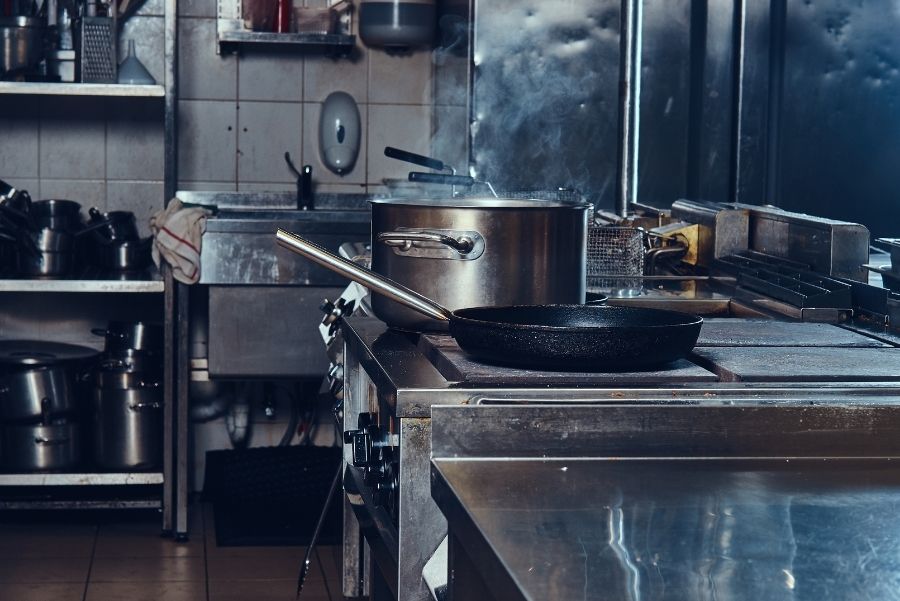There are roughly four kinds of stainless steel. Since nearly every class level in society has stainless steel objects in their homes, we must go into each of the four types’ nitty-gritty details. The stainless steel in a home may come in the form of a kitchen essential, heavy-duty hardware or an intricate decoration piece. Solar panels Central Coast also use stainless steel in the solar power system because of its superior corrosion resistance. We all know the appearance and tactile feel of stainless steel. What often catches many laypersons by surprise is the varieties of stainless steel. These categories have their preparation methods and unique qualities, which set them apart from the rest of the metals and alloys. Here are the four along with their adjoined paraphernalia:
- Ferritic Stainless Steel: This alloy contains chromium metal alongside some carbon added to it. The chromium ratio ranges from 10.5% to 30% in quantity. As for the carbon content, it is not more than 0.1%. Also, it may contain trace amounts of titanium and aluminium. It is not as hard as other varieties and is often used to make thin sheets. You can’t make it more tensile by heating or tempering it either. However, there is an exception to the rule. When you add some molybdenum to it, it becomes resistant to the corrosive influence of seawater. It shows the properties of magnetism. Steelworkers often employ it in their day to day operations since it is the least costly of stainless steels.
- Austenitic Stainless Steel: This is the most popular and ordinary variety of stainless steels found in industrial civilization. It is to be witnessed on a global level as the garden variety of stainless steel. Its ingredients include nitrogen, nickel and manganese. While its built is the same as standard stainless steel, it becomes ductile and welding-friendly when it is heated to a high degree. The malleability level is pretty high once this is accomplished. Also, you can make it resistant to rust by adding nitrogen, chromium and molybdenum to it. If the nickel content is increased, it becomes immune to stress fracturing. While not quite magnetic, it shows some magnetism under special conditions, such as after cold working. The objects of desire made from this stainless steel include food blending tools, kitchen implements and life-saving medical supplies. An excellent example of this variety is a metal alloy oven.
- Martensitic Stainless Steel: This contains chromium alongside higher levels of carbon (1.2%). It allows tempering, so the hardness is pretty high. It is usually made into sheets after formation and can also be arranged in plates for further usage. Medical odds and ends of equipment alongside surgical scalpels and scissors are made from this type of stainless steel. Also, it comes in handy in dental supplies and knives as well as cutting machinery.
- Duplex Stainless Steel: This typical variety lies halfway between austenitic and ferritic stainless steel. It is a hybrid of the two and is more challenging than them. It is pretty complicated stuff, and its ingredients show it in a big way. It shows signs of resistance to stress cracking. Also, it can be welded at the drop of a hat. It shows magnetic properties. Such stainless steel is used in many products and can take the stresses of high-pressure environments, such as in deep-sea diving experiments. Also, other uses include applications in the chemical industry and pipes that are applied to real-life functions.

These were the four main kinds of stainless steel. Yet before parting, we would like to go into the details of a fifth one as well. It happens to be precipitation-hardening stainless steel. It is a strong can’t go wrong variety. Made out of 17% chromium and 4% nickel, it also contains trace amounts of copper, aluminium, titanium, molybdenum and niobium. Used to construct everyday things, it is a tensile and resilient form of stainless steel. So these were the four main types of stainless steel alongside a fifth one for the road.